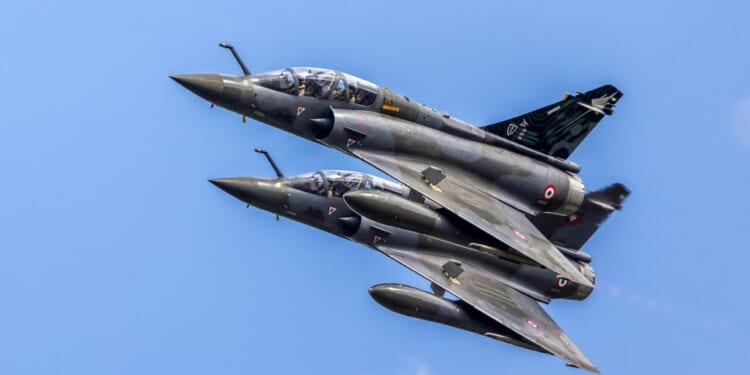Only time will tell if the disagreements currently halting progress on FCAS will impact its delivery.
While reports over the last year have indicated infighting between the partners behind the next-generation Future Combat Air System (FCAS), apparent design disagreements have not been as debilitating in reality. According to a leading French air force official, FCAS will continue to progress through the development/concept phase as planned. Brig Gen. Phillipe Suhr noted that although “there are differences” between the team backing the upcoming fighter program, “don’t believe all you are reading.” Suhr added that “We are still fully committed to this program with our partners and we will do our best to find a solution to move forward because we have to. It is important to deliver in the 2040s.”
In October, an expected meeting between French, Spanish, and German officials to rectify disagreements was halted, suggesting that the program may be impacted due to unsolvable obstacles. Referring to the delay, a spokesperson for Germany’s Federal Ministry of Defense explained that despite the postponement, “The Federal Government continues to strive for the successful implementation of the project. We are in close contact with our French and Spanish partners to determine a new date for this meeting.”
The Future Combat Air System
When FCAS does come to fruition down the line, the sixth-generation fighter series is intended to replace all of France’s Rafales and Germany’s Eurofighters. The cutting-edge program was conceptualized more than two decades ago, originating from the European Technology Acquisition Program. Like the American-made F-35 Lightning II platform, the new FCAS will feature a “combat cloud” that will enable it to transfer real-time intelligence across a host of networks and domains. These secure data link transmission capabilities will ensure that relevant data can be easily accessed among fighters. “The concept based on the air cloud is that all elements must constantly interoperate with each other to form a cohesive system that is informed as one and combat as one,” explained the program manager of FCAS Combat Cloud, Mark Paskowski.
FCAS will also incorporate highly autonomous loyal wingmen drones similar to the US Air Force’s Next Generation Air Dominance (NGAD) endeavor. Remote unmanned aerial vehicles are being designed and prepped to fly alongside the sixth-generation aircraft component of FCAS. This wingman drone concept will be spearheaded by Airbus to directly answer the German Air Force’s requirement for an “affordable” unmanned companion aircraft for FCAS. According to the manufacturer, military transport airframes like the A400M will be tasked with bringing these drones near target locations, where they will release anywhere between 12 and 50 small remote carriers.
The collaborative new European fighter will likely not be the first sixth-generation fighter jet platform of its kind to fly the skies when introduced. In addition to the US Air Force’s NGAD program, the US Navy is working to field its own F/A-XX carrier-capable counterpart. Additionally, both Moscow and Beijing are simultaneously striving to put forth their own respective next-gen capabilities in order to counter the West’s aerial might. Only time will tell if the disagreements currently halting progress on FCAS will impact the platform’s timely introduction to service by 2040.
About the Author: Maya Carlin
Maya Carlin, National Security Writer with The National Interest, is an analyst with the Center for Security Policy and a former Anna Sobol Levy Fellow at IDC Herzliya in Israel. She has by-lines in many publications, including The National Interest, Jerusalem Post, and Times of Israel. You can follow her on Twitter: @MayaCarlin. Carlin has over 1,000 articles published over the last several years on various defense issues.
Image: Shutterstock.


















